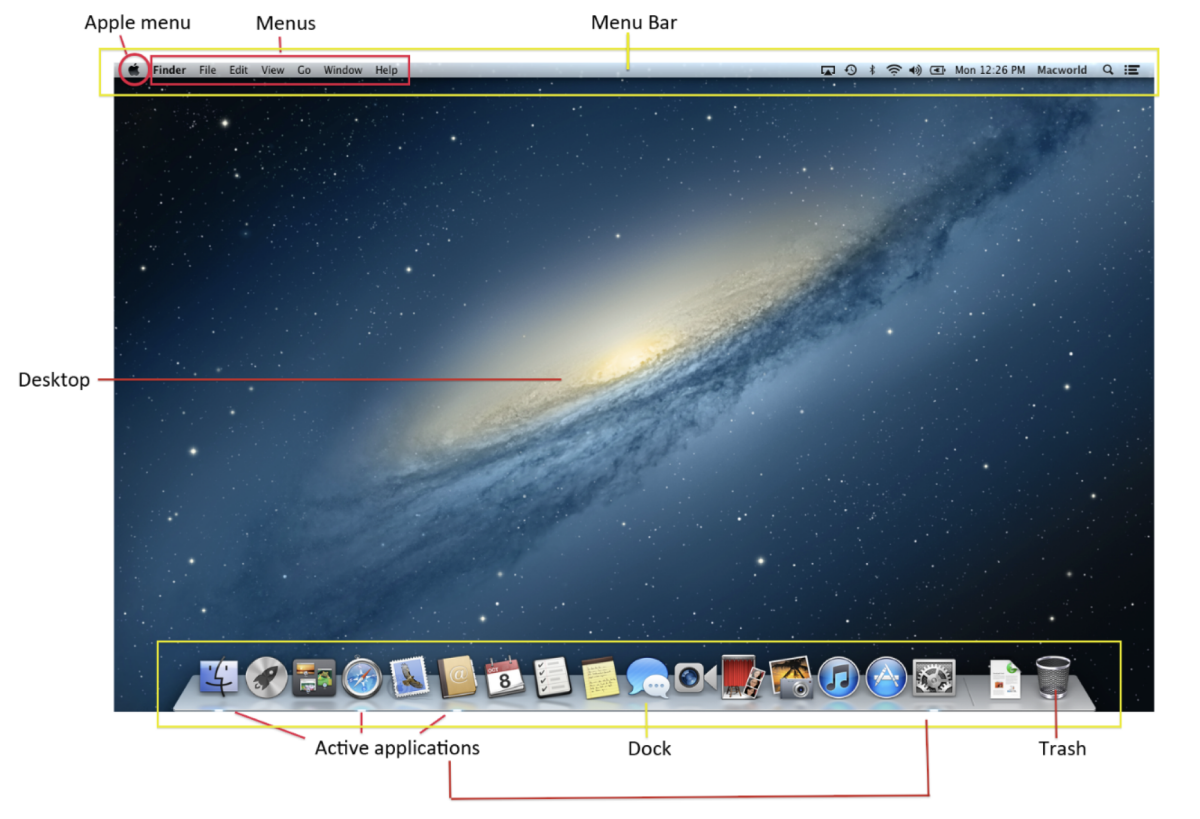
To return to the Recovery app, choose Terminal > Quit Terminal. In the Recovery app, choose Utilities > Terminal. Terminal: Change settings via the command line. To return to the Recovery app, choose Startup Disk > Quit Startup Disk. In the Recovery app, choose Utilities > Startup Security Utility. Startup Security Utility: Set the security policies for your Mac. See Erase and reinstall macOS and Repair your internal storage device. To return to the Recovery app, choose Disk Utility > Quit Disk Utility. In the Recovery app, select Disk Utility, then click Continue. Note that Safari browser plug-ins and extensions are disabled in macOS Recovery.ĭisk Utility: Repair or erase your disk. If you’re connected to the internet, you can use Safari to search for more information on the Apple Support website. To return to the Recovery app, choose Safari > Quit Safari. Safari: In the Recovery app, select Safari, then click Continue.
#WHERE IS THE SAFARI MENU BAR ON MAC INSTALL#
To return to the Recovery app, choose Install macOS Monterey > Quit Install macOS. In the Recovery app, select Reinstall macOS Monterey, then click Continue. Install macOS Monterey: Reinstall macOS on your computer. See Use Time Machine to restore your system. To return to the Recovery app, choose Time Machine System Restore > Quit Time Machine System Restore. In the Recovery app, select Restore From Time Machine, then click Continue. Time Machine System Restore: Restore your data from a Time Machine backup.
#WHERE IS THE SAFARI MENU BAR ON MAC BLUETOOTH#
See Start up your computer in macOS Recovery, Start up your computer in macOS Recovery and pair Bluetooth input devices, and Quit macOS Recovery. Recovery: The Recovery app provides access to additional apps in macOS Recovery. The following apps are available in macOS Recovery on a Mac with Apple silicon: Connect a wireless keyboard, mouse, or trackpadĪpps available in macOS Recovery on a Mac with Apple silicon.Get started with accessibility features.Use Sign in with Apple for apps and websites.





 0 kommentar(er)
0 kommentar(er)
